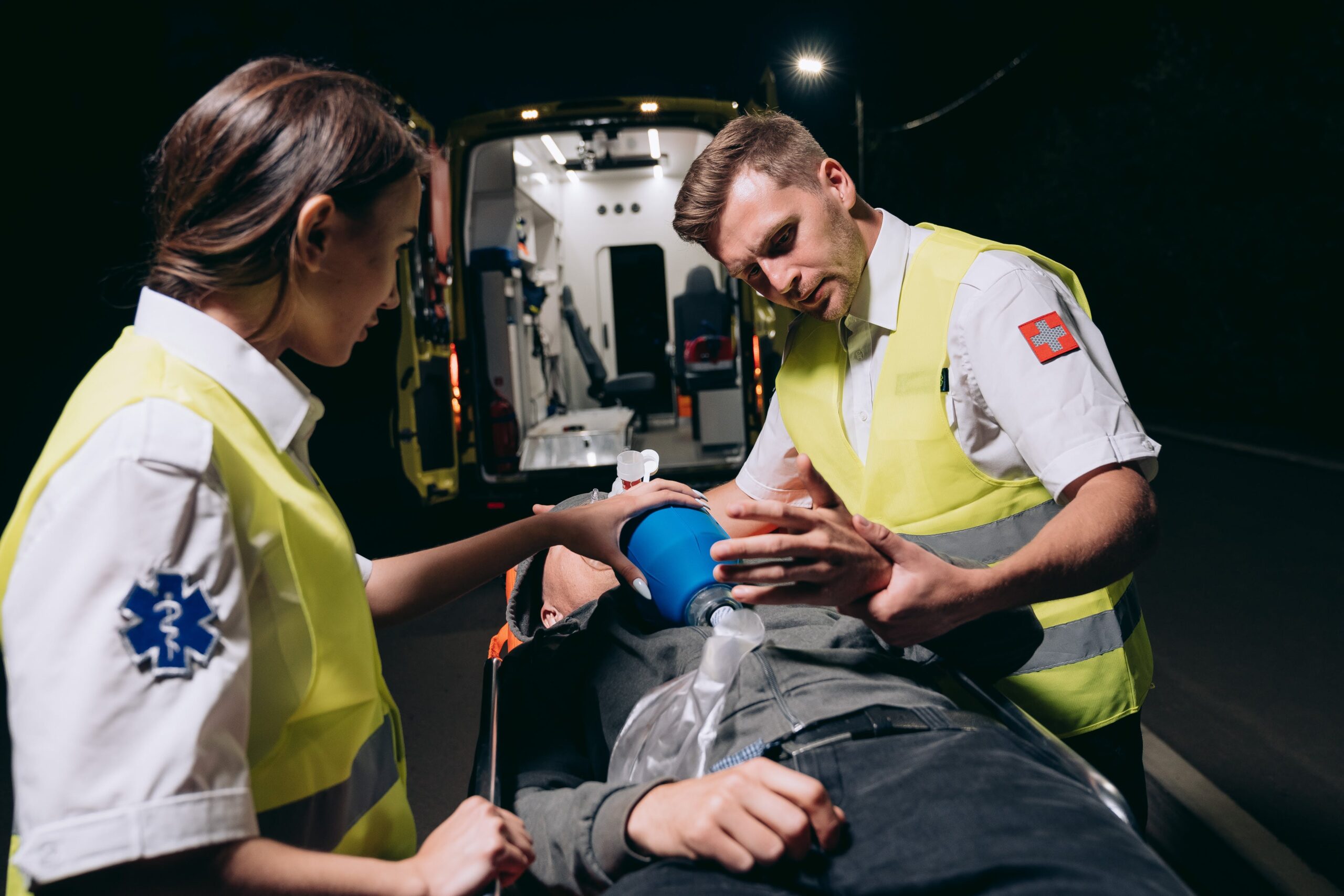Strengthening Healthcare Teams: The Role of Interprofessional Education (IPE)

Introduction: In the dynamic landscape of modern healthcare, collaboration among healthcare professionals is essential for delivering high-quality, patient-centered care. Interprofessional Education (IPE) is a transformative approach that brings together students from various healthcare disciplines to learn with, from, and about each other, fostering mutual respect and understanding. This article explores the significance of IPE in preparing future healthcare professionals and enhancing interprofessional collaboration in clinical practice.
- Understanding Interprofessional Education (IPE)
- Definition and principles: Collaborative learning that emphasizes teamwork, communication, and shared decision-making.
- Historical context: Evolution of IPE in response to the complex needs of patients and healthcare systems.
- Core competencies: Interprofessional collaboration, roles/responsibilities, communication, teamwork, and values/ethics.
- Advantages of Interprofessional Education
- Improved patient outcomes: Enhanced coordination of care, reduced medical errors, and increased patient satisfaction.
- Enhanced communication skills: Effective communication among healthcare professionals leads to better care transitions and continuity.
- Professional development: Understanding of other disciplines’ roles and contributions fosters respect and appreciation for teamwork.
- Addressing healthcare disparities: Collaborative approaches to patient care can mitigate disparities and improve access to services.
- Implementing Interprofessional Education Programs
- Curriculum integration: Incorporating IPE activities into existing healthcare programs to emphasize collaboration from the outset.
- Simulation-based training: Interprofessional scenarios that simulate real-life clinical situations to promote teamwork and problem-solving.
- Experiential learning: Clinical rotations, case studies, and interprofessional rounds facilitate interaction and shared learning experiences.
- Faculty development: Training educators to facilitate IPE activities and model collaborative behavior for students.
- Interprofessional Education in Practice
- Team-based care models: Collaborative practice environments where healthcare professionals from diverse backgrounds work together to provide comprehensive care.
- Interdisciplinary clinics: Settings where patients receive integrated care from multiple providers, addressing both medical and social needs.
- Collaborative decision-making: Shared treatment planning and care coordination meetings involving physicians, nurses, pharmacists, and other allied health professionals.
- Case studies and success stories: Institutions and healthcare systems demonstrating the impact of IPE on patient outcomes and professional satisfaction.
- Overcoming Challenges and Barriers
- Siloed education systems: Breaking down traditional disciplinary boundaries to create opportunities for interdisciplinary learning.
- Time constraints: Finding dedicated time within busy healthcare curricula for meaningful interprofessional activities.
- Resistance to change: Addressing cultural and institutional barriers to adopting collaborative approaches to education and practice.
- Evaluation and assessment: Developing robust measures to assess the effectiveness of IPE programs in achieving learning outcomes and improving patient care.
- Future Directions and Opportunities
- Interprofessional research: Investigating the impact of collaborative practice models on patient outcomes, healthcare delivery, and workforce satisfaction.
- Policy advocacy: Promoting policies that support the integration of IPE into healthcare education accreditation standards and licensure requirements.
- Global perspectives: Sharing best practices and lessons learned in interprofessional collaboration across international borders.
- Lifelong learning: Encouraging continued collaboration and communication skills development throughout healthcare professionals’ careers.
Conclusion:
Interprofessional Education is a cornerstone of modern healthcare education, preparing students to work collaboratively in interdependent healthcare teams. By embracing the principles of IPE, educators and healthcare institutions can cultivate a culture of teamwork, communication, and mutual respect, ultimately leading to improved patient outcomes and a more effective healthcare system. As we look towards the future of healthcare delivery, the integration of interprofessional collaboration will remain essential in addressing the complex challenges facing our healthcare workforce and the patients they serve.





